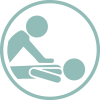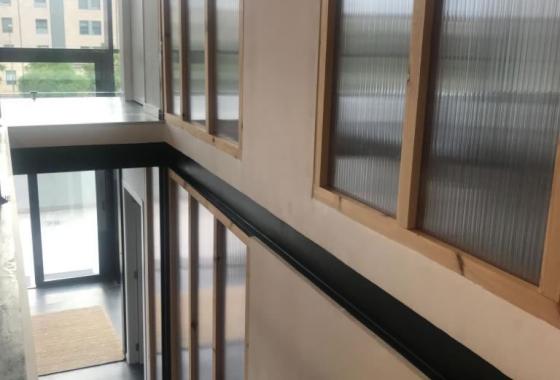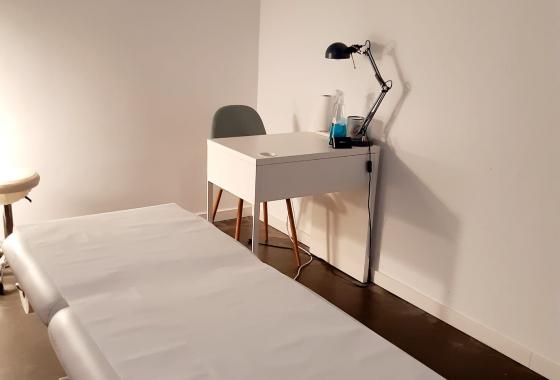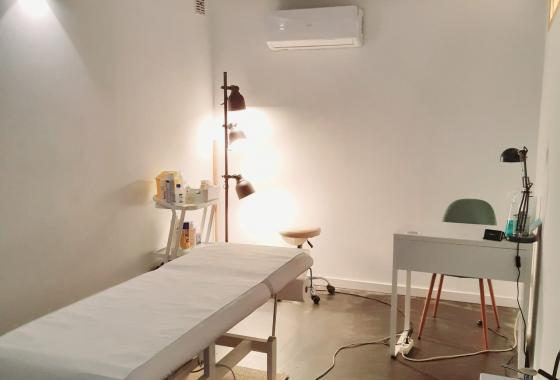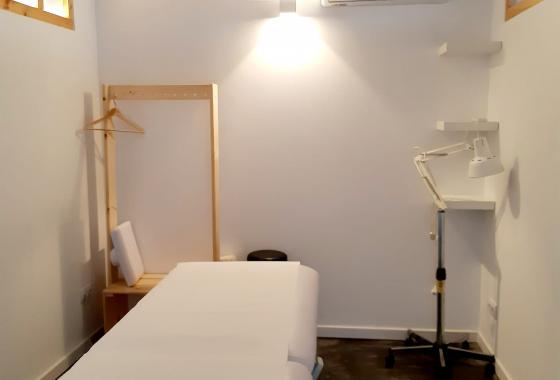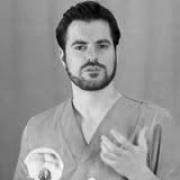Sever and Osgood-Schlatter Syndrome usually appears in adolescent athletes between 11 and 13 years old and is more frequent in males because they more frequently practice sports activities such as soccer, which trigger this disease. But what other casual factors contribute to the so-called Crecederas, what symptoms characterize it and what is the treatment offered by FisioClinics Palma de Mallorca, know this and more below.
What is Sever and Osgood-Schlatter Syndrome?
Sever and Osgood-Schlatter Syndrome is a major sports injury disorder due to overuse of the knees in elementary and middle school children. The growth period increases rapidly in height and bone also grows rapidly, but unfortunately soft tissues such as muscle and tendon do not grow in the same way.
For this reason, the tibial tuberosity is subjected to a force that pulls on the patella (patella) due to repetitive movements, such as jumping and scratching, also due to the reduced flexibility of the quadriceps muscle. Although there is a new bone (epiphyseal nucleus) necessary for the growth of the bone on the tuberous surface of the tibia in the growth period, due to the traction force by the quadriceps muscle the development of the epiphyseal nucleus protrudes and hurts, forming a visible bump.
What are the symptoms of Sever and Osgood-Schlatter Syndrome?
The main symptoms of Osgood-Schlatter Syndrome are pain, swelling and tenderness of the tibial tuberosity. Thus, the characteristic symptoms of this syndrome are:
-
Pain below the knee that worsens with activity and lessens with rest.
-
Tenderness of the anterior tibial tuberosity where the patellar tendon is inserted
-
Hypersensitivity or frontal swelling in the tibial tuberosity.
-
Affected adolescents have pain, localized swelling, and tenderness in the anterior tibial tuberosity.
-
Pain is easily reproducible during knee extension against resistance and palpation of the tuberosity.
-
The onset of pain is inconsistent and often appears with exertion.
-
Very often, the heel distance increases, showing functional shortening of the quadriceps.
-
Measurement of the popliteal angle often also shows retraction of the hamstrings.
-
Arch or bulge visible on the front of the knee.
What causes the Crecederas?
It is observed mainly in children or pre-adolescents who practice a sport between the ages of 11 and 16, after an excess of extensor group work. Crecederas disease actually affects the growth plate, which is associated with repeated micro-trauma. The causes are as follows:
-
Rapid growth.
-
Intensive sports practice.
-
This pathology is typical of male adolescents, especially athletes.
-
Excessive use of the quadriceps.
-
Deficiency of technical gesture or segmental stiffness and excessive articulation in the knee.
-
Functional shortening of the quadriceps.
-
Nutritional deficiency.
How is the medical diagnosis of Osgood-Schlatter disease made?
The diagnosis of Osgood-Schlatter disease is based on a physical examination and the symptoms of the possibly affected child. X-rays of the knee reveal an enlargement or fragmentation of the tibial tuberosity. However, X-rays are not necessary unless other conditions are suggested (such as joint injury or fractures). Other studies such as magnetic resonance imaging make it possible to show Osgood-Schlatter syndrome and confirm the diagnosis.
 Physiotheraphy
Physiotheraphy Osteopathy
Osteopathy Massage
Massage Lymphatic
Lymphatic Group classes
Group classes Home
Home Baby
Baby

